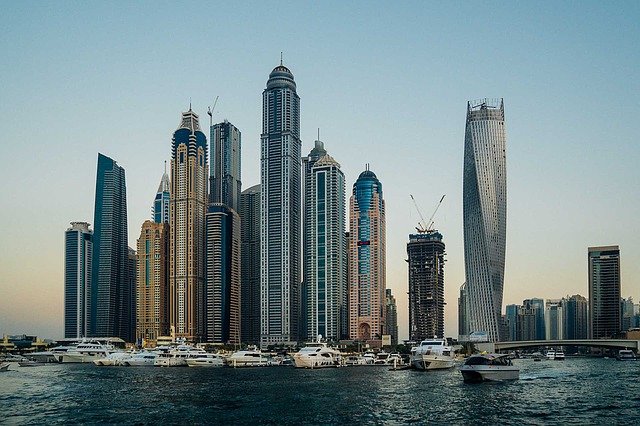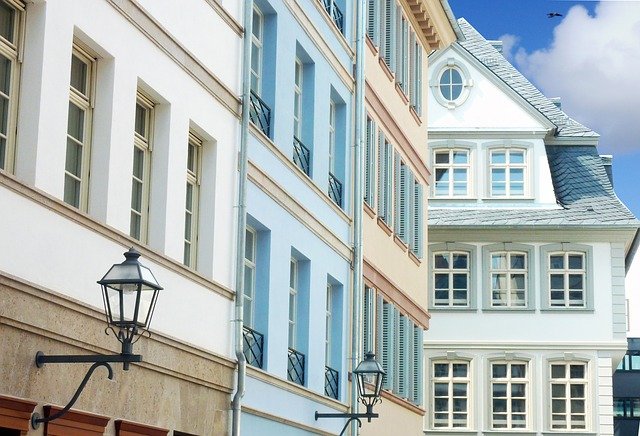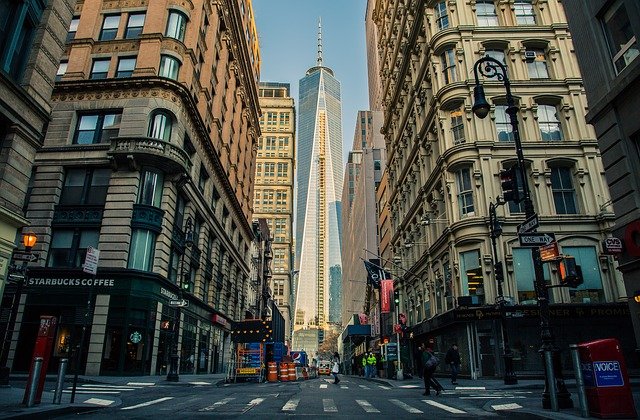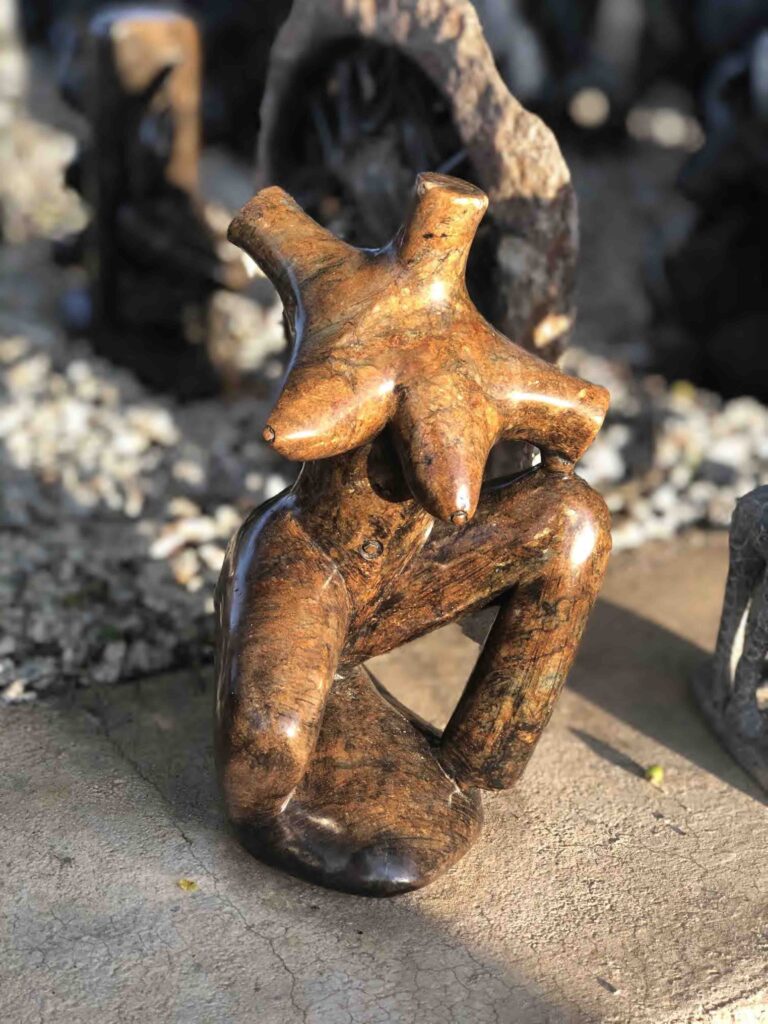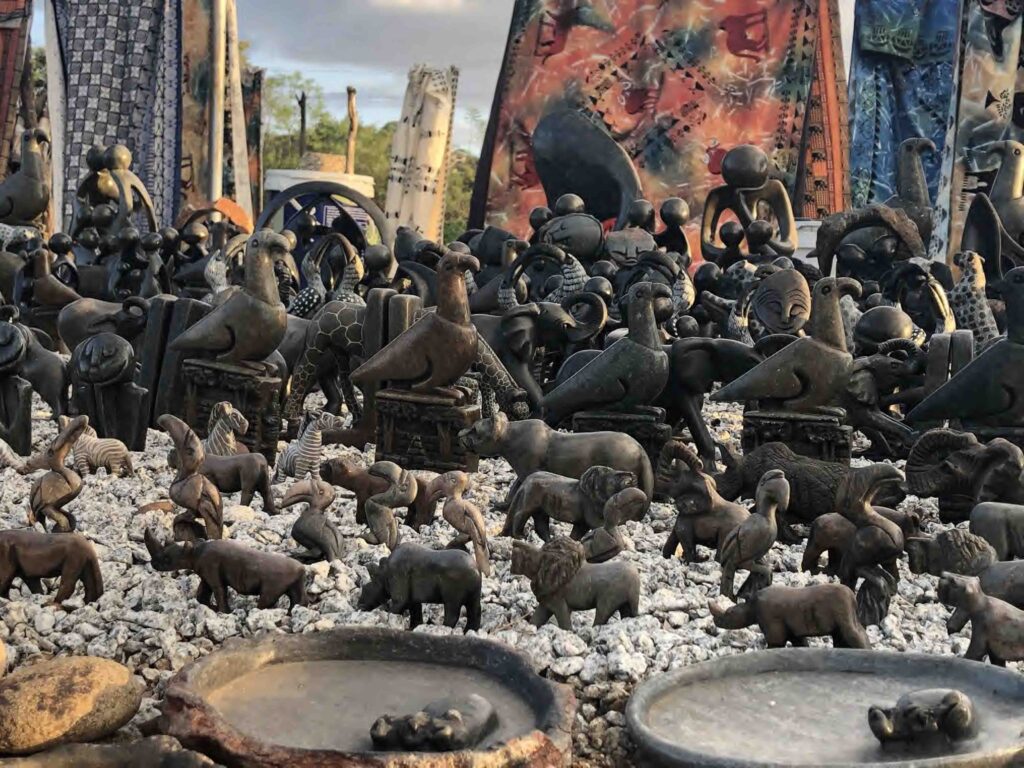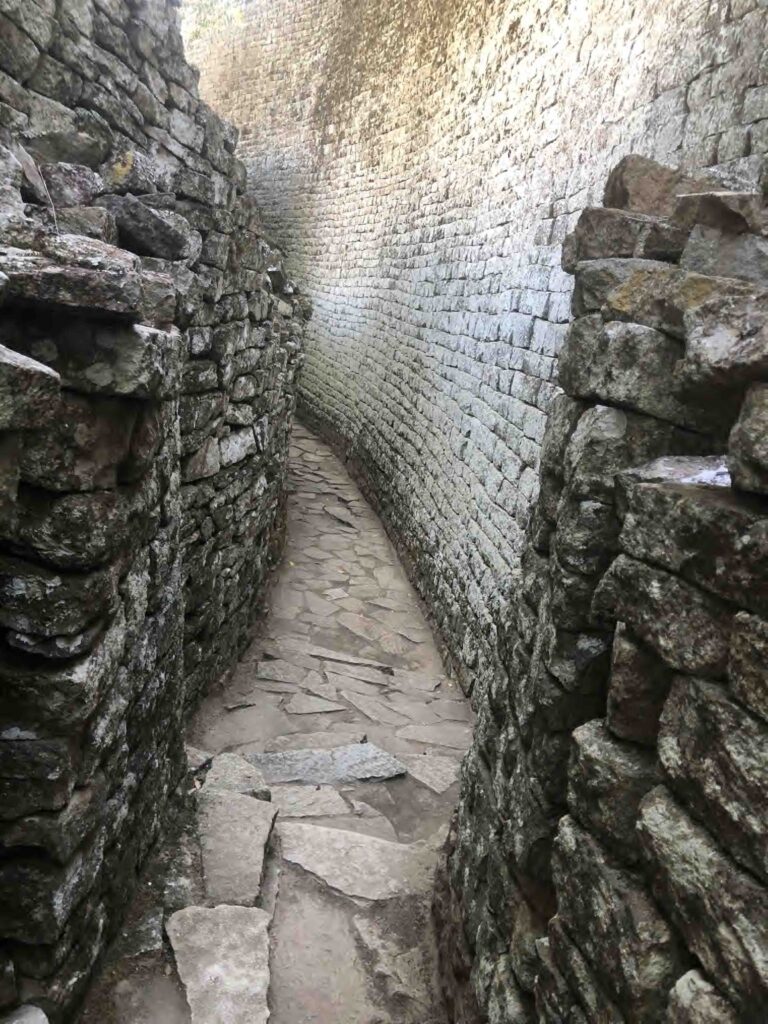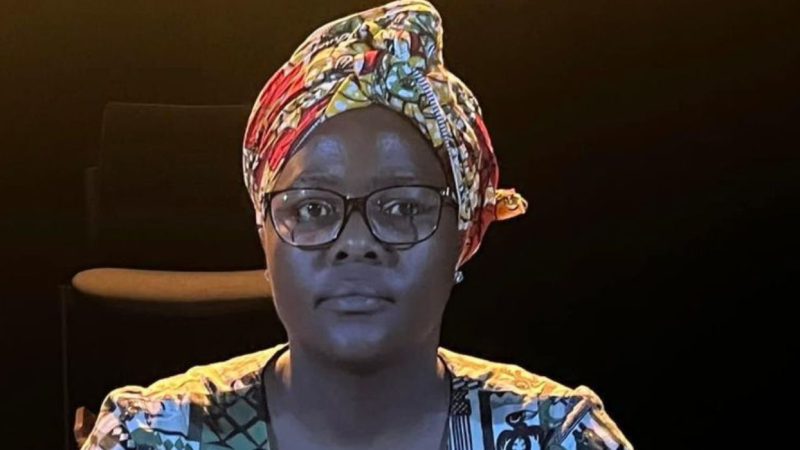Granite: Of Concrete Jungles And Sculptured Voices


Nyasha Frank Mpahlo
THEY call them concrete jungles; made up of magnificent buildings which adorn the streets and skylines of famous cities such as New York, Dubai and Frankfurt. They are built with elegance and unparalleled architecture which radiates wealth, legacy, particularity and a sense of the “finer things in life”. They are habitats and forts for presidents, famous musicians and sportsmen, successful business owners and those who prefer and can afford an opulent lifestyle within the cosmopolitan. They also house casinos, hotels, condos, private mansions and golf courses.
Some of these buildings are made from granite stone from places such as Mutoko in Zimbabwe and these stones add value and elegance to the architectural designs of buildings of the global north at the expense of local communities where they are extracted. However, it is the forgotten voice of the lone sculptor who uses the same stones to disseminate a message of hope, consciousness, enlightenment, pride and love; whilst making a living; that is at the center of this article.
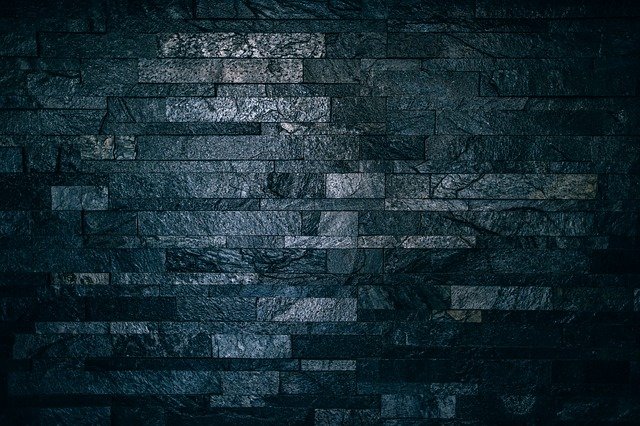
When one speaks of scone sculpturing in Zimbabwe, a few notable names come up. lt is true that many of these have commodified their trade and have let fame override the importance of shading community issues using sculpture. Besides, their motivation to engage local communities, community leaders and even policy makers, through stone-sculptured art leave a lot to be desired. A revisit of the roots of sculpturing should therefore be done to resuscitate the idea behind sculpturing as a key component of our society and a method of engraving cross-cutting issues to stimulate dialogue and lead to resolutions.
Zimbabwe is home to some of the most innovative and conscious “backstage” sculptors who are yet to be “discovered”. The messages which their pieces carry not only gives one an accurate and concise sense of the issues that run through the DNA of our society today, but also the intelligence and prowess with which they were made. The craftsmanship with which they make their pieces is one thing, one only wonders how such hand-made immaculate, multi-dimensional and of course curved art-of-work can be developed with just a chisel and hammer. However, most importantly it is the spirit which drives the sculptors to develop these pieces which capture away one’s imagination. With a PHD-level of critical thinking and analysis, sculptors curve the realities which societies face in their day-to-day lives on granite stones. You find a broad range of cross-cutting issues relating to love, disability, inequality, climate change, corruption and xenophobia embedded in Zimbabwe’s granite stones. And these do not exuberate the elegance which you find in the concrete jungles but communicate challenges which need urgent interventions.
Here are a few sculptures from Mutare’s Christmas Pass Studio and their explanations;
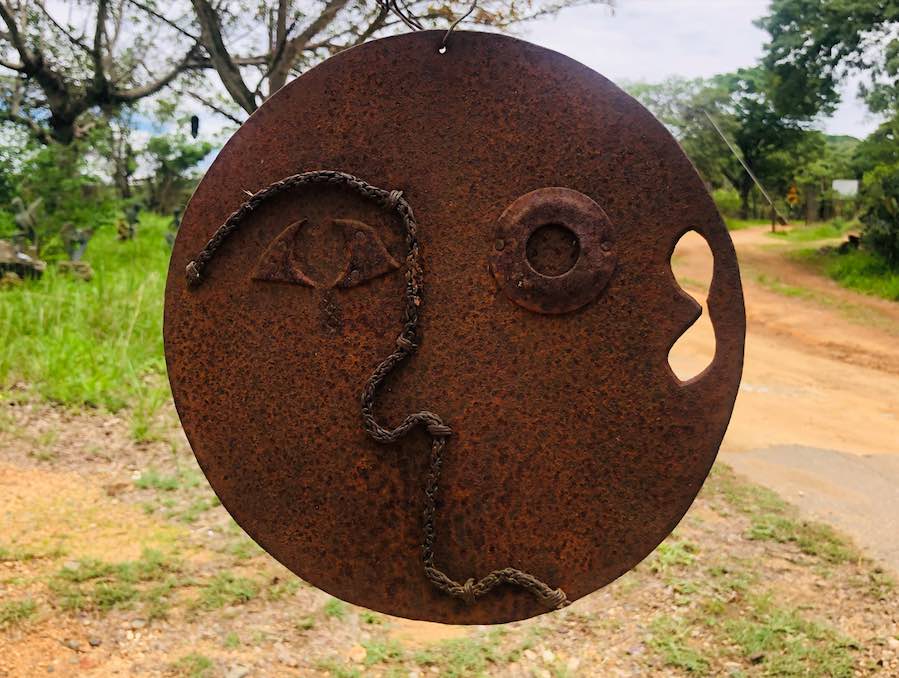
Tears of the Disabled: This piece describes the plight of the handicapped people in our society. The sculpture has a missing ear; which signifies the existence of the deaf in our community whose issues are hardly heard by community leaders, influential people and the society at large. The sculpture also misses a lower lip; which signifies the fact that disabled people have no platform to express their views hence they are silenced. It also has a damaged eye which hardly see and signifies the fact that the society does not pay attention to the issues of the disabled. The only functional eye has tears coming from it.
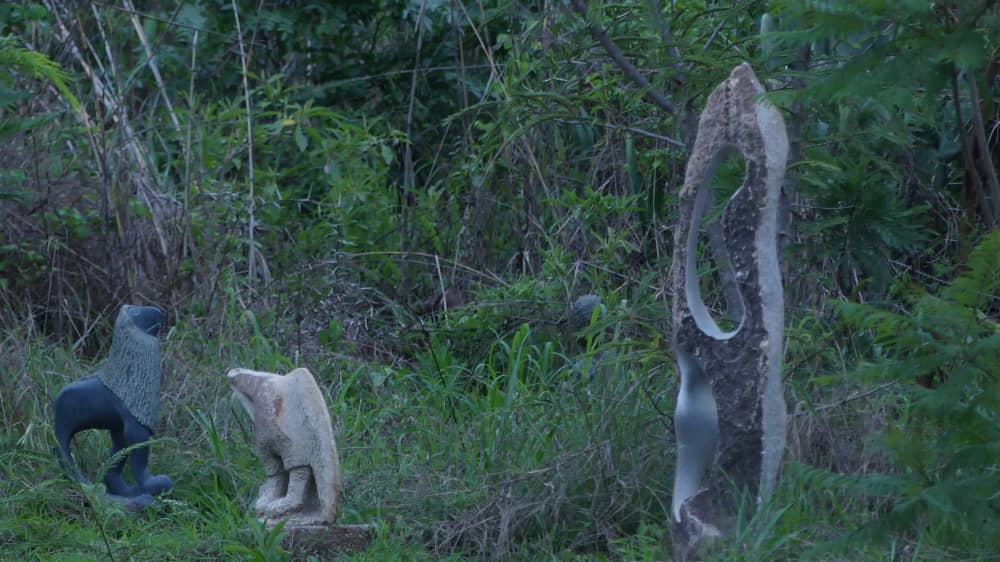
Inequality: This piece talks about the growing inequality in our society as a result of corruption, poverty, unemployment and politics. It gives a clarion call for communities to address inequality which mainly affects women and youths.
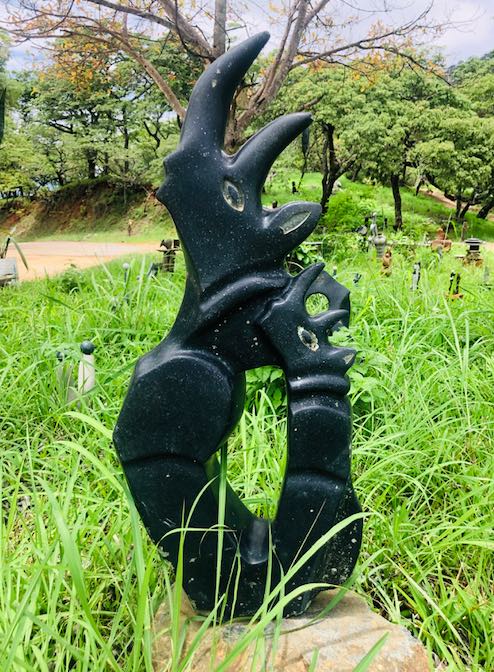
Rhino Family: The sculpture of the Rhino Family signifies the need to conserve wildlife through addressing the problem of poaching. It speaks to the need to keep animal families intact to ensure sustainable growth of wildlife heads. Therefore, humans are being encouraged to respect the families of wild animals the same way they would also want theirs to be respected. Family is key, everywhere!
In December 2020, Green Governance Zimbabwe Trust (@greengovzw1) and Hona-Zimbabwe entered into a partnership to scout and profile the work of “backstage” sculptors whose work has a huge significance on the lives of Zimbabweans. These two organizations have started profiling the work of sculptors in Mutare, Guruve and Harare. This initiative will not only amplify the community issues that the stone sculptors intend to communicate but will also assist them to earn a living and take care of their families.
